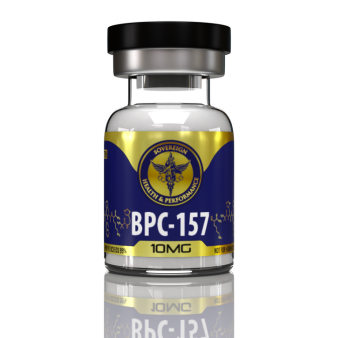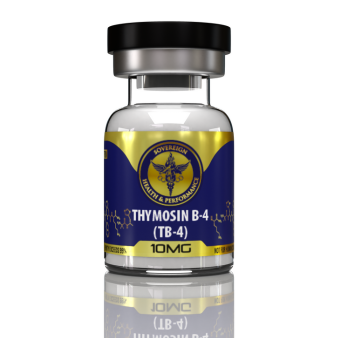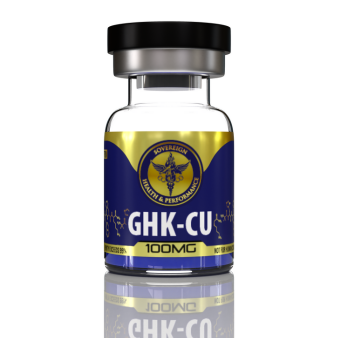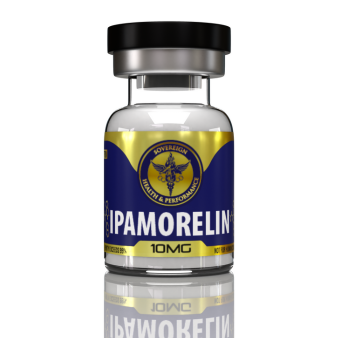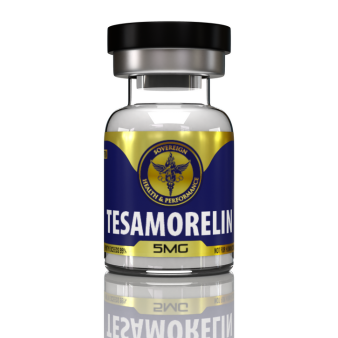Can Peptides Help Heal Shin Splints (Medial Tibial Stress Syndrome) More Quickly?
Table of Contents
First off, what are the symptoms of Shin Splits, AKA Medial Tibial Stress Syndrome?
- Pain: Aching, throbbing, or tenderness along the inner side of the shinbone.
- Swelling: Mild swelling in the lower leg.
- Tenderness: The area along the shin may be tender to touch.
- Activity-Related Pain: Pain that begins with exercise, intensifies during activity, and decreases with rest.
What is actually going on in my shins?
Shin splints, or medial tibial stress syndrome, involve several physical changes and stress responses in the muscles, bones, and connective tissues around the shinbone (tibia). Here’s a detailed look at what happens in the affected area:
1. Muscle Overuse and Fatigue
- Repeated Stress: During activities such as running or jumping, the muscles in the lower leg, particularly the tibialis anterior and tibialis posterior, undergo repetitive contraction and relaxation. This repeated stress leads to muscle fatigue.
- Microtears: The overworked muscles can develop small tears in their fibers, resulting in inflammation and pain.
2. Bone Stress and Reaction
- Tibial Stress: The tibia, or shinbone, bears significant repetitive forces during high-impact activities. Over time, these forces can lead to micro-damage within the bone structure, known as bone stress.
- Periosteum Inflammation: The periosteum, a dense layer of vascular connective tissue enveloping the bones except at the surfaces of the joints, becomes inflamed. This inflammation is due to the stress exerted on the bone and the tugging of muscle attachments, contributing to pain.
3. Connective Tissue Strain
- Tendons and Fascia: The tendons that attach muscles to the tibia and the fascia, a connective tissue surrounding muscles, experience increased tension. This tension can cause irritation and inflammation in these tissues, further contributing to discomfort.
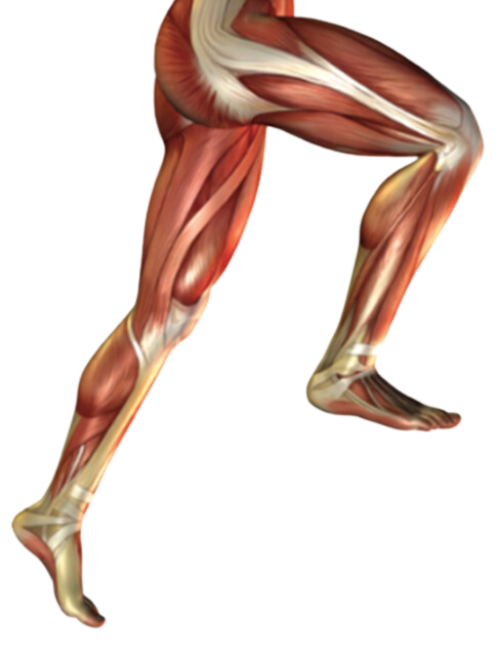
Common Peptides for Healing Shin Splints
Several peptides have shown promise in aiding the healing of musculoskeletal injuries, including shin splints. Here is a rundown of some of the most researched peptides:
1. BPC-157 (Body Protection Compound-157)
- Mechanism: BPC-157 promotes angiogenesis (formation of new blood vessels), enhances the healing of muscles, tendons, and ligaments, and reduces inflammation.
- Research: Studies have demonstrated BPC-157’s ability to accelerate the healing of tendon and ligament injuries. It also improves blood flow and reduces inflammation in damaged tissues.
- References:
- “The effect of pentadecapeptide BPC 157 on the healing of the transected rat Achilles tendon” – Journal of Orthopaedic Research
- “Pentadecapeptide BPC 157 enhances the healing of segmental bone defect in rabbits” – Journal of Bone and Joint Surgery
2. TB-500 (Thymosin Beta-4)
- Mechanism: TB-500 promotes cell migration, angiogenesis, and the differentiation of stem cells into new tissue cells. It reduces inflammation and scarring while enhancing tissue repair.
- Research: TB-500 has been shown to accelerate the healing of muscle, tendon, and ligament injuries, as well as reduce inflammation and fibrosis.
- References:
- “Thymosin β4: A multi-functional regenerative peptide” – Nature Reviews Drug Discovery
- “Role of thymosin beta 4 in tissue repair and regeneration” – Cytokine & Growth Factor Reviews
3. GHK-Cu (Glycyl-L-Histidyl-L-Lysine-Copper)
- Mechanism: GHK-Cu promotes wound healing, tissue regeneration, and collagen production. It also has anti-inflammatory and antioxidant properties.
- Research: Studies indicate that GHK-Cu enhances the repair of skin, bone, and muscle tissues, and reduces inflammation.
- References:
- “GHK-Cu (Glycyl-L-Histidyl-L-Lysine): a natural peptide of human plasma with potent systemic wound healing effects” – Journal of Biomaterials Science, Polymer Edition
- “Effects of GHK-Cu on gene expression relevant to nervous system function and cognitive decline” – Brain Research
4. Ipamorelin, Tesamorelin, and CJC-1295
(Peptides that function primarily by influencing growth hormone (GH) secretion)
Ipamorelin
- Mechanism: Ipamorelin is a growth hormone secretagogue that stimulates the release of growth hormone, which in turn promotes muscle growth, tissue repair, and recovery.
- Research: Ipamorelin has been shown to increase lean body mass, improve muscle strength, and accelerate recovery from injuries.
- References:
- “The growth hormone secretagogue ipamorelin enhances GH secretion and accelerates recovery from severe burns” – Burns
- “Effects of growth hormone secretagogues on body composition and clinical outcome in patients with chronic heart failure” – Journal of Clinical Endocrinology & Metabolism
Tesamorelin
- Mechanism: Tesamorelin stimulates the release of growth hormone, which promotes muscle growth, tissue repair, and the reduction of inflammation.
- Research: Tesamorelin has been studied primarily for its effects on reducing abdominal fat in HIV patients, but it also shows potential in improving muscle mass and recovery.
- References:
- “Effects of tesamorelin, a growth hormone-releasing hormone analogue, in HIV-infected patients with abdominal fat accumulation: a randomized placebo-controlled trial” – The Lancet
CJC-1295
- Mechanism: CJC-1295 is a growth hormone-releasing hormone (GHRH) analog that increases the release of growth hormone, promoting muscle growth, tissue repair, and fat loss.
- Research: CJC-1295 has been shown to increase growth hormone levels, improve muscle mass, and enhance recovery from injuries.
- References:
- “CJC-1295, a long-acting GHRH analog, enhances growth hormone secretion in healthy adults” – Clinical Endocrinology
- “CJC-1295 stimulates GH and IGF-1 secretion in healthy volunteers: results of a phase 1 clinical trial” – Endocrine Reviews
These peptides have shown potential in enhancing the healing process of various musculoskeletal injuries, including conditions similar to shin splints.
Peptides have been around for over a century, with significant advancements in their synthesis, understanding, and application occurring over the past several decades. Their use in medicine has expanded considerably, offering new therapeutic options for a wide range of diseases and conditions. As research continues, the role of peptides in medical treatments is likely to grow even further, bringing new and innovative therapies to patients.


